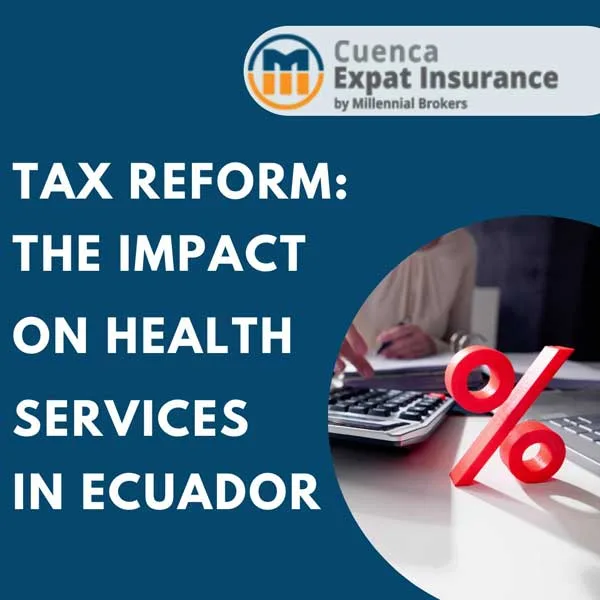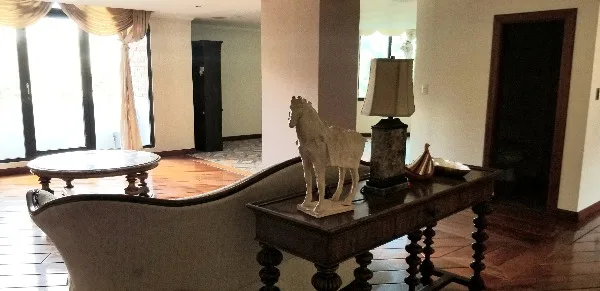Geologists warn of the ongoing danger of the Cotopaxi volcano even as the government decides to reopen some parts of the national park
Little has changed in the danger level posed by the Cotopaxi volcano even though the external signs of activity have declined.

Cotopaxi in early September.
“One of the most difficult jobs volcanologists face is to make the public understand that what they see on the outside of a volcano is not the true reflection of the threat level,” says Mario Ruiz, director of Ecuador’s Geophysical Institute. “The most important activity is happening inside the volcano and deep under the earth and this is invisible to the eye.”
Ruiz says his office is in continual contact with the Ecuadorian government making sure that authorities know that internal pressure continues to grow and do not let down their guard.
According to a Quito newspaper, some of the geologists at the geophysical institute objected to the government’s decision last week to reopen parts of Cotopaxi National Park to the public. “The decision was made under pressure from tourism officials based on the fact that the volcano’s external activity has diminished,” said one geologist who asked to remain anonymous. “This sets up a dangerous scenario. If there is a sudden, large-scale eruption, many people could die unnecessarily.”
The government says the areas being opened are outside the zone of highest risk and that no will be allowed to climb the mountain. The unnamed geologist responds that the risk areas are based on calculations for a small eruption.
Tour companies and tour guides that work around Cotopaxi have been hard-hit economically by the closing of the park, as have nearby hostels and hotels. Tourists have cancelled reservations based on news about the volcano and several popular haciendas and lodges have closed their doors as a result.
A retired U.S. geologist and Ecuador expat agrees with Ruiz and the anonymous geologist. “There is tremendous economic pressure to reopen the area to tourism,” says George Lassiter. “Many people are hurting, not just around the volcano. Even in Cuenca, he says, hotels are seeing reservations canceled based on Cotopaxi even though the city would not be affected in the event of an eruption.
“On the other hand, history is filled with cases where a reduction in the amount of smoke and ash coming from a volcano crater has lulled people into complacency,” says Lassiter. “And then, boom, it erupts without warning and many more people die because they have ignored the threat.”
Ruiz says that the movement of magma under Cotopaxi remains active, indicating that there has been no subsidence of the threat of an eruption. “One very real possibility is that there is hardening of lava within the volcano vent and this obstructing the escape of ash and gasses. If pressure builds under that blockage there is the possibility of a much more explosive eruption.”


















